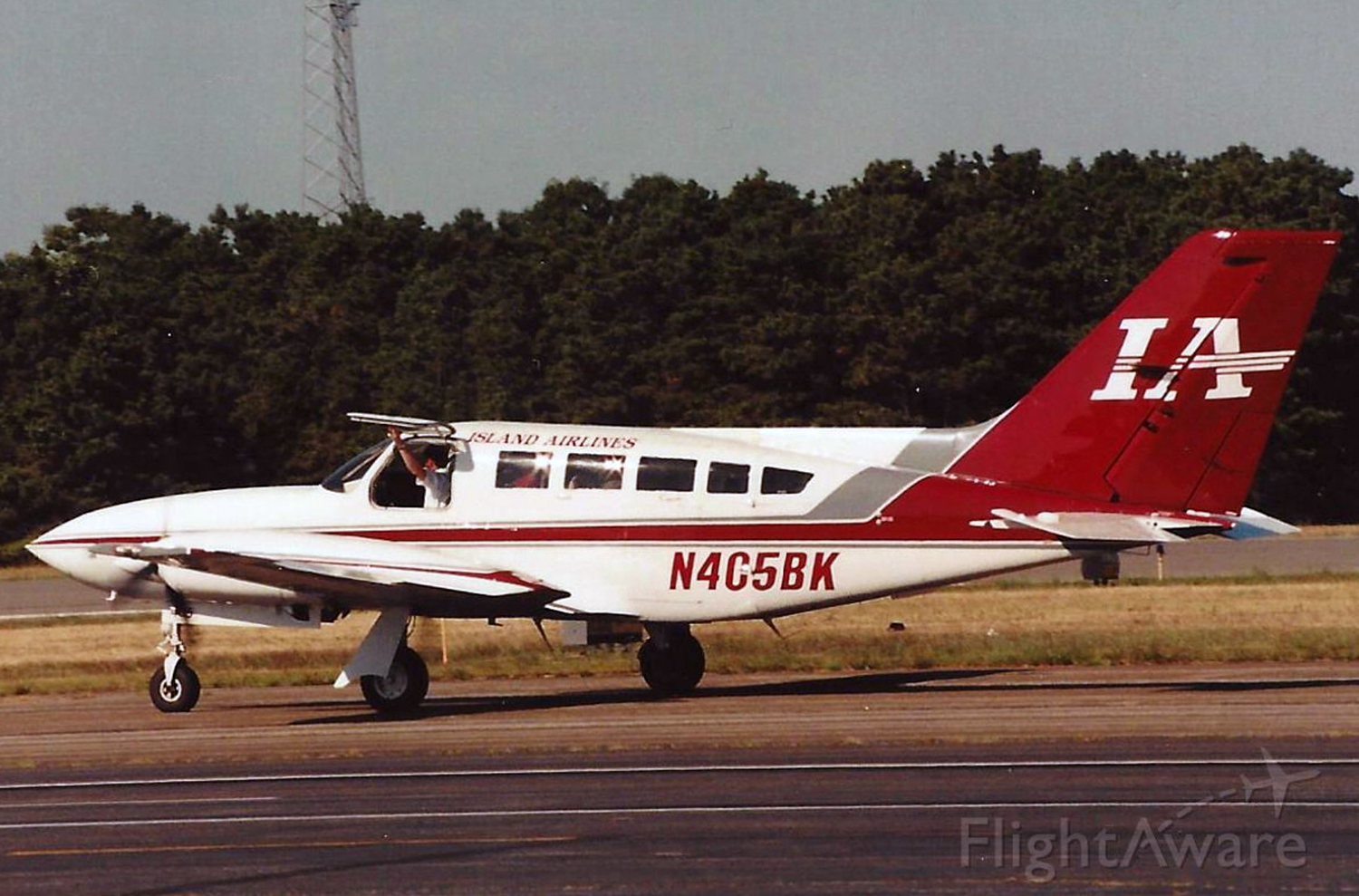Crash of a Cessna 402C in Nantucket: 1 killed
Date & Time:
Sep 23, 2003 at 0523 LT
Registration:
N405BK
Survivors:
Yes
Schedule:
Hyannis – Nantucket
MSN:
402C-0459
YOM:
1981
Flight number:
IS400
Crew on board:
1
Crew fatalities:
Pax on board:
1
Pax fatalities:
Other fatalities:
Total fatalities:
1
Captain / Total hours on type:
4000.00
Aircraft flight hours:
9795
Circumstances:
The pilot was conducting an instrument landing system approach during night instrument meteorological conditions. The airplane was observed to descend toward the runway threshold to an altitude consistent with the approach decision height. A witness reported that he heard the airplane overhead, and assumed that the pilot had performed a missed approach. He described the engine noise as "cruise power" and did not hear any unusual sounds. Shortly thereafter, he received a call from airport operations stating that an airplane had crashed. The airplane impacted the ground about 1/4 mile to the left of the runway centerline, about 3,500 feet beyond the approach end of the runway. Examination of the airplane did not reveal any pre-impact mechanical malfunctions. A weather observation taken around the time of the accident, included a visibility 1/2 statue mile in fog, and an indefinite ceiling at 100 feet. The witness described the weather at the time of the accident as thick fog, and "pitch black."
Probable cause:
The pilot's failure to maintain aircraft control during a missed approach. Factors in this accident were fog and the night light conditions.
Final Report:







